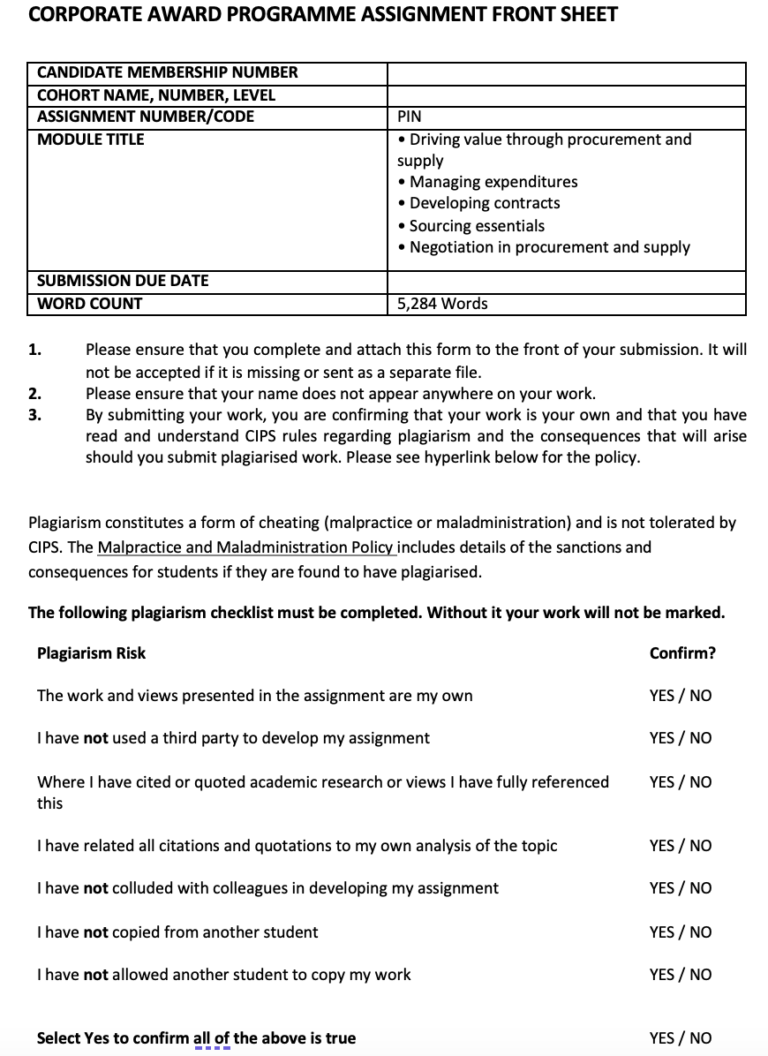Description
Question
Recommendation (500 words)
Present a marketing recommendation that directly addresses the identified challenges. Explain why this recommendation is essential and how it will help Proximie achieve its growth objectives. Use relevant frameworks to justify how the recommended strategy will support Proximie’s marketing goals and position the company effectively within its industry.
Solution
Recommendation
In order to respond to the identified Marketing challenges, Proximie should employ a Regionalised Marketing Strategy (Yeung, 2020). This approach entails customising marketing and partnerships as per particular geographic and economic regions, thereby making Proximie able to more effectively position itself in a competitive global healthcare landscape. This strategy can focus on various initiatives such as:
Customised Marketing Campaigns
The regionalised marketing strategy could focus on creating region-specific compelling marketing campaigns which aligns with local healthcare demands as well as cultural context. The segmentation of the market and its targeting and positioning can be done in Proximie by using STP (Segmentation, Targeting, Positioning) framework (Correia & Rodrigues, 2023). For example, in low resource countries such as the US, Proximie can focus on technology that is pioneering and outcomes that are proven with leading health institutions. On the contrary, for low and middle income countries the company should focus on the accessibility, and to carry on in low bandwidth. This approach solves the economic and social challenges pointed out earlier in the PESTLE analysis, which makes Proximie be relevant and valuable to different settings.
Strategic Partnerships
Additional credibility…
Please click herein to access this project in full
Related Papers
(Solution) CIPD 7OS05 Ways of Organisations Expanding their Activities Internationally
(Solution) CIPS PIN Final Assessment Negotiation in procurement and supply
- In this integrative assessment for Corporate Award Program establishes it has provided a formal commercial negotiation for Occidental of Oman operating in oil and gas industry.
- Commercial negotiation plan has been developed by reference to data, factual information and CIPS tools. HSE and chemicals portfolio spend category has been identified and evaluated in-depth to come up with an appropriate negotiation plan.
- The importance of identifying the HSE and Chemicals are informed by the previous COVID-19 pandemic which has informed on the need for adopting healthy business environment which is free from any infections.
- Further, coming from the pandemic where the level of business operations had significantly reduced and the organisation need to restart their operations by cleansing their systems and machines. In this case, the need for HSE and the chemicals portfolio in Occidental of Oman has been in an upward trajectory.
- For negotiation successful implementation, Occidental of Oman involves professionals, terms and conditions initiated, holistic readiness and streamlined procurement and supply chain approaches. This is with good forecast and plans being core for guaranteeing customers services delivery on time.
- From the analysis, different tools including SWOT, PESTLE and 4R’s have evidenced that Occidental of Oman is always on the advantage of ensuring they achieve the Best Alternative for Negotiated Agreement (BATNA).
- Also, this report highlight the need for holistic planning by prioritising on all expectation from the initial opening to the closure and agreement phases of negotiation.
(Solution) CIPS ROSHN Commercial Negotiation Plan-PIN
- This was established after the post-negotiation review which brought out fundamental lessons about the supplier and our company’s negotiation pattern.
- As for certain important aspects, we indeed secured favourable financing conditions; yet, problems arose in attempting to synchronize delivery schedules since such conditions are affected by external supply chain factors.
- The supplier had the better BATNA and acted in a cooperative but very assertive way, and elaborated why the correct approach to negotiations is more equal.
- Further, the experience showed how flexible one has to be, how innovative, and how it pays to be more interested in long-term partnership rather than quick profit. Therefore, it will be useful in the future to improve the techniques of negotiation, improve the knowledge about the actions of suppliers, and improve intercompany and supplier cooperation.
- This will ensure that in future procurement negotiations; better outcomes are achieved.
- ROSHN should ensure that all negotiations within the next 6 months include specific metrics for delivery timelines, quality standards, and service levels, aiming for a 90% satisfaction rate in supplier compliance with these criteria. This approach will help secure more balanced and sustainable agreements.
- Over the next 12 months, ROSHN should develop a supplier relationship management program with bi-annual assessments to track and improve partnership quality. Target at least a 15% increase in supplier engagement scores by the end of the year to gain favorable bargaining positions during market downturns.
- Within 1 month of each major negotiation, conduct debriefing sessions to analyze performance, identify strengths, and address weaknesses. The goal is to improve negotiation effectiveness by at least 10% in the subsequent quarter through targeted adjustments based on these evaluations.
- Within the next 4 months, involve at least 80% of key stakeholders in sourcing strategy meetings to ensure alignment and gather input on critical decisions. This engagement aims to reduce misalignment issues by 20% within the year, resulting in smoother implementation of sourcing strategies.



